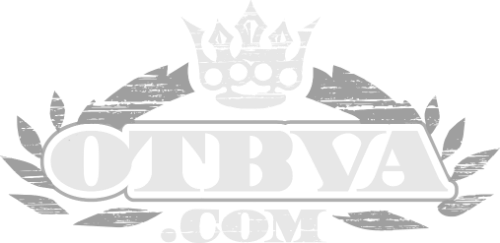What is a home improvement loan? It’s a loan that finances the remodeling of a home.
One may opt to use either home improvement loans or cash to maintain projects or repair homes. Some projects such as a bathroom or kitchen remodel need a lot of cash which may be hard to save in a short period of time thus the need for a loan.
Home improvement loans come in handy in home projects since they help one to make the repairs first and pay the debt over a given period of time.
Below are five things that one should consider before getting a home improvement loan.
1. Choosing the Perfect Home Improvement Loan
When working with home renovation costs that range between $15000 and $50000, one should go for the home remodel loans that are unsecured. Such loans have no collateral requirements and are easy to apply.
However, despite them being the best home improvement loans, they have higher interest rates compared to Home Equity Line of Credit (HELOC) or Home Equity loans.
2. How to Choose Between a Home Equity Line of Credit and a Home Equity Loan
A home equity line of credit ensures that one has a source of funds that they can withdraw from when they need it. On the other hand, a home equity loan provides all the funds at once.
When choosing which one to go for, one should consider renovation costs, urgency, and collateral risks.
3. How to Use Credit Cards to Finance Home Improvement Loans
Credit cards can be used to pay home remodel loans. When you pay the monthly charges on time, you avoid late charges and accumulating interests. Using a home renovation calculator and interest calculator will you help estimate the amount of loan you need.
For projects that require low home renovation costs, you can use credit cards with low or 0% interest rates. Offers with 0% interest rates are convenient especially if you’re planning to repay your loan within a short time. The unsecured kind of financing involves a simple credit approval and application process.
You should carry out research on the terms involved in the credit card offers to avoid high-interest rates.
4. How to Decide Whether to Refinance a Mortgage or Cash it Out as a Home Remodel Loan
Cashing out or refinancing a mortgage is another option to consider when paying off a home improvement loan. However, this option tends to be more costly compared to home equity products. Estimate the cost to renovate a house and the time it would take to pay the loan. For more tips on mortgages, click here.
For projects that require a short time to pay the home improvement loans, home equity products are more convenient compared to cash-out first mortgages.
5. Consider Using Both Home Renovation Loan and Cash
One may use other financing options as well as saved up cash to cover home renovation costs. Thus, you reduce the interest paid eventually.
Get to Know What is a Home Improvement Loan and Turn Your House to a Dream Home
It is no longer a challenge to live in that house that you’ve always dreamed of when you can get a home improvement loan. It’s also not enough to know what is a home improvement loan, but you should familiarize yourself with the conditions that come with it.
You should carry out research on the existing rates of home improvement loans in the market so as to come up with the best financing option.
Check out our blog for more information about home improvement loans.

